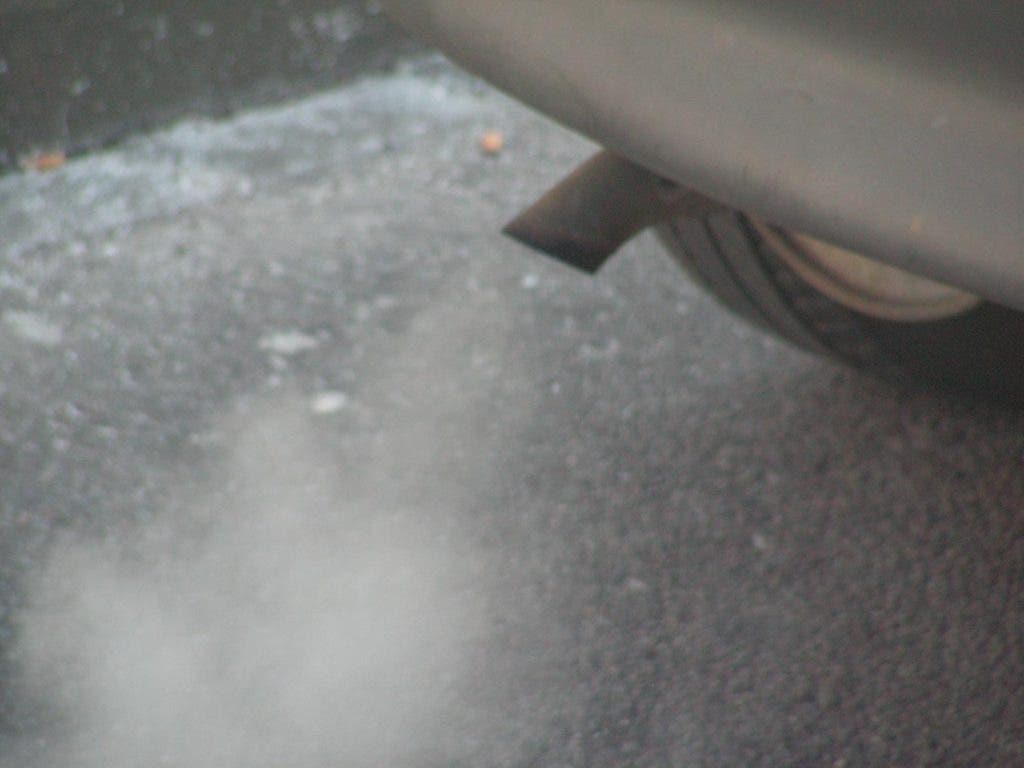According to the U.S. Public Interest Research Group (U.S. PIRG), the transportation sector is now the largest greenhouse gas emitter in the country. This is the first time in 40 years that this has happened.
The data over the last 12 months, ending in March 2016, suggests that carbon pollution from vehicles, trains, ships or aircraft outclassed the other leading economic sectors like utility (electric power), industrial, residential, or commercial sectors. Up until last year, electrical power generation was the leading carbon emitter in the United States.
Essentially, this is good news. Greenhouse gas emissions in 2014 were 9 percent below 2005 levels, and the fact that transportation is now the leading emitter, despite no net increase in carbon emissions, means the nation is on the right path to greening its energy use.
Among the most influential factors that led to this castling are: cheap gas, which has lower emissions per unit of generated energy than coal; considerable new installations of renewable energy (US solar jumped 17% in 2015); and the collapse of the coal industry. Earlier this year, for instance, the world’s largest private coal company, Peabody Energy, filed for bankruptcy. Since 2011, the coal sector as a whole has lost 94 percent of its value according to a Bloomberg analysis.
What about the bad news? Well, the bad news is that we’re still talking about a lot of carbon emissions. According to MIT, as many as 53,000 lives are lost prematurely each year as a result of overall pollution from transportation sources. A report by the Frontier Group outlines a couple of zero-emissions solutions for transportation including electric vehicles, car and bike sharing, more and better public transit, safer and walkable neighborhoods or smart city infrastructure.











